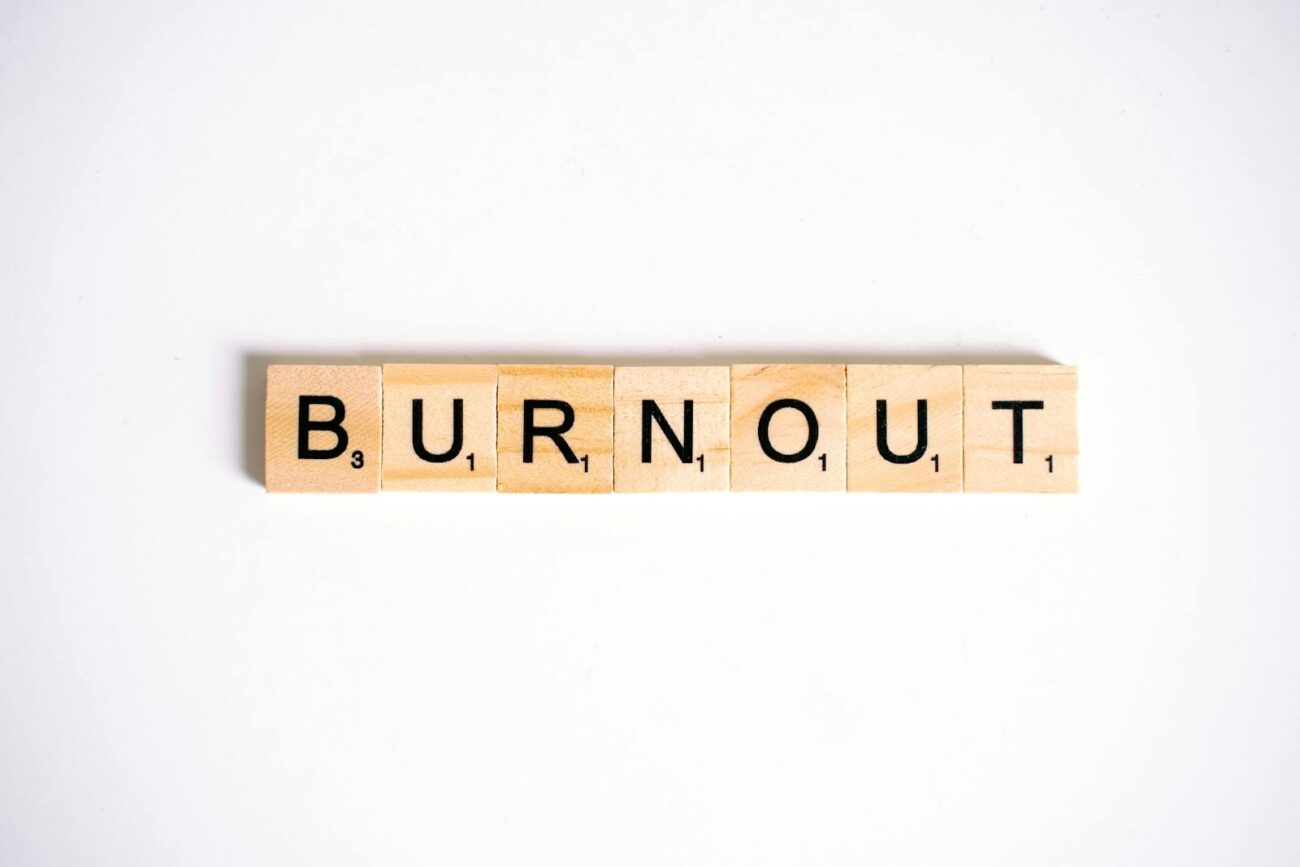In today’s fast-paced world, many of us wear busyness like a badge of honor. But there’s a fine line between being driven and being drained—and when that line is crossed, burnout can silently take over.
Recognizing burnout early is crucial not only for our productivity but more importantly, for our mental, emotional, and physical well-being.
What is Burnout Syndrome?
Burnout Syndrome is a state of emotional, physical, and mental exhaustion caused by prolonged stress—most often linked to work, but it can also stem from caregiving, academic pressures, or personal responsibilities. The World Health Organization classifies burnout as an “occupational phenomenon,” not a medical condition, yet its effects can be deeply debilitating.
Early Signs of Burnout to Watch For
Burnout doesn’t happen overnight. It builds gradually, and by the time it feels “serious,” it’s often deeply entrenched. Catching it early can prevent more severe consequences.
1. Chronic Fatigue
You’re constantly tired—even after a good night’s sleep. You feel drained and struggle to get through the day.
2. Irritability and Mood Swings
Small things that never used to bother you now feel overwhelming. You may feel more impatient, frustrated, or even angry.
3. Decreased Performance
Tasks that once felt easy or enjoyable now feel like burdens. Productivity drops, and you struggle with focus and creativity.
4. Detachment and Cynicism
You may start to feel emotionally numb or disconnected from your work, relationships, or passions. You might think, “What’s the point?”
5. Sleep Disturbances
Insomnia, restless sleep, or waking up feeling unrefreshed are common. Sleep no longer feels restorative.
6. Physical Symptoms
Headaches, muscle pain, gastrointestinal issues, and lowered immunity (frequent colds or infections) can all be signs that your body is under chronic stress.
First Steps Toward Healing
If you recognize these signs in yourself or someone close to you, know that recovery is possible—and it starts with small, intentional steps.
1. Acknowledge the Problem
The first and most powerful step is simply admitting you’re burned out. Denial only deepens the exhaustion. Give yourself permission to slow down.
2. Reach Out for Support
Talk to someone you trust—a friend, family member, mentor, therapist, or coach. Burnout thrives in isolation. Connection helps bring perspective and emotional relief.
3. Set Boundaries
Learn to say no. Reassess your commitments and let go of tasks or roles that are draining you. Protecting your time and energy is not selfish—it’s essential.
4. Prioritize Rest and Recovery
This isn’t just about sleep (though that’s important). Take short breaks throughout the day. Unplug from screens. Make time for stillness, play, or nature. Your nervous system needs downtime to reset.
5. Re-evaluate Your Values and Goals
Burnout can be a sign that you’re living out of alignment with your true values. Ask yourself: What matters most to me? What drains me? What energizes me? Realigning with what truly matters can be a powerful catalyst for change.
6. Move Your Body—Gently
Exercise can help release tension and boost mood, but avoid turning it into another stressor. Even light walks, stretching, or yoga can have a restorative effect.
7. Seek Professional Help
If your burnout feels overwhelming, a mental health professional can help you navigate recovery. Therapy or counseling can uncover deeper patterns and guide sustainable change.

Burnout isn’t a sign of weakness—it’s a signal. It tells us something in our life needs attention, adjustment, or healing. By learning to recognize the early symptoms and taking steps to address them, we can not only recover but also build more sustainable, fulfilling lives.
You don’t have to power through. You’re allowed to pause. And in that pause, healing begins.

